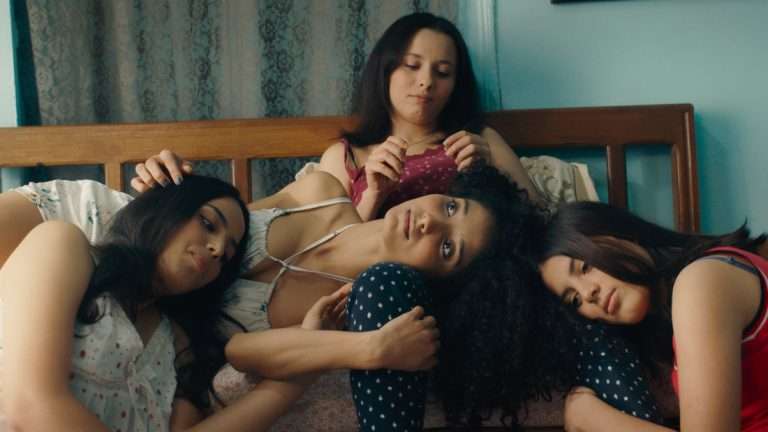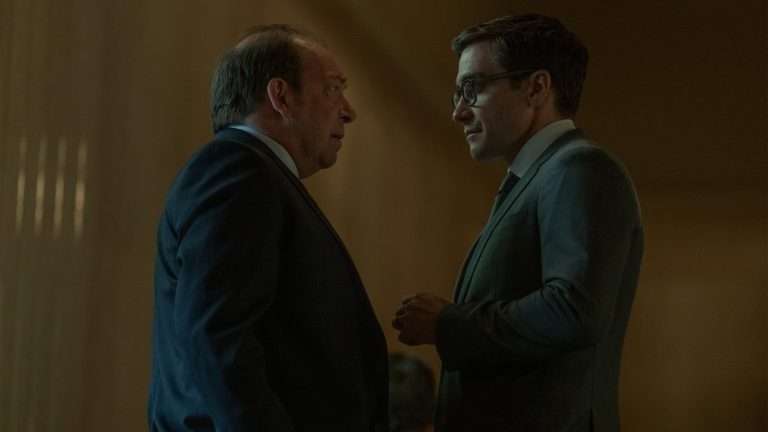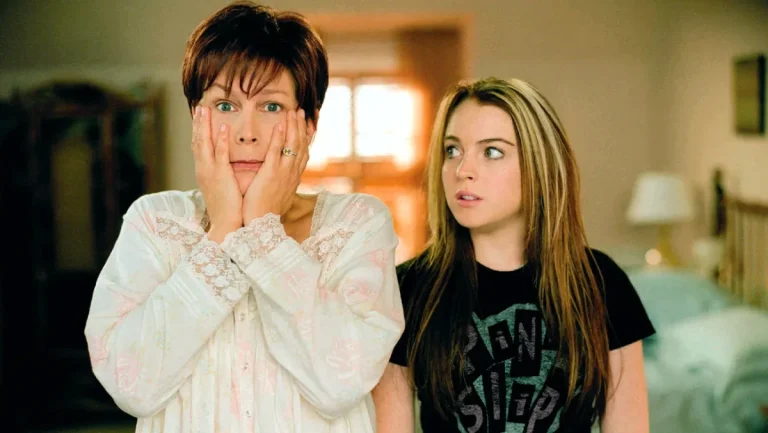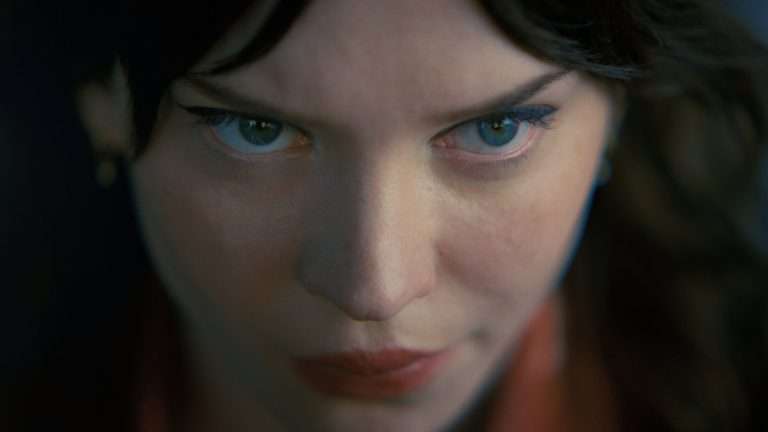‘What is the meaning of this?’ Several characters, at different points in Wes Anderson’s latest feature Asteroid City (2023), keep coming back to this central question – whether it is in the form of questioning certain absurd events happening on screen that seem all too far-fetched to have occurred; or in a more meta-narrative sense – as actors being asked to essay a role – questioning why their characters are given these lines to speak in the first place.
Asteroid City is a film that is obsessed with meaning. It cleverly plays with how we tend to ascribe meaning to seemingly random and absurd events that take place around us; that we are fundamentally incapable of accepting life as a series of random events and occurrences without any larger meaning to be discovered or deciphered.
This is part of an ongoing dialogue that Anderson wants to have with his audience, one that began with his previous film, The French Dispatch (2021). On the one hand, it was a love letter and an obituary of a New Yorker-style magazine – with a dedication to real-life writers and editors who have historically been associated with The New Yorker appearing in the end credits of the film. But looking at it from another angle, the film was also an obituary of a world that we had lost and cannot reclaim. Making an appearance in the middle of the COVID-19 pandemic, it felt like a cognizant reminder that something about our world had changed forever, and no matter how much we try, there is no way of going back to how things were before.
If The French Dispatch was about learning to – reluctantly – say goodbye (served with dollops of nostalgia) and letting go, then Asteroid City is about searching for meaning and an anchor in a completely alien world that you don’t understand, nor are you sure about your place in it. And I use the word ‘alien’ operatively here because, despite all the extraterrestrial shenanigans that take place in the film, that’s not what is the cause of confusion and disorientation for our characters in the film. No. The film is tapping into a much more discomforting feeling – how the world once so familiar can suddenly, without warning, seem distant, cold, and confusing. How do we form genuine connections in a world that we no longer seem to be familiar with?
Continuing this allegory of the pandemic, the question that Asteroid City keeps coming back to becomes more in focus. There has to be some meaning to this collective generational trauma that all of us have experienced. Could it be that this once-in-a-lifetime event was actually a random occurrence that has no deeper meaning behind it? And if so, how are we then supposed to process our grief and trauma in a way that can help us move forward without suppressing it?
With Asteroid City, Anderson leans even further into his formalist artifice – I didn’t think that was possible – to arrive at his answer. Of course, with Anderson, the artifice is precisely the point. The film will undoubtedly prove to be divisive – those who cannot buy into Anderson’s formalist experiment will find it almost impenetrable, even cold and detached. Meanwhile, Anderson fans have much to cheer about – everything you readily associate with Anderson is here and even more of it. If I just start listing out the many references and easter eggs, that would, in itself, be a reason for multiple rewatches.
The film opens with a Playhouse-90 style tv drama that is hosted by a Rod Serling-inspired narrator (Bryan Cranston) who tells us that Asteroid City is actually the name of the play that we will be witnessing unfold on screen. In this play, Asteroid City is the name of a place – a fictional ghost town in the desert of the Southwest – that got its name because of a meteor that fell and created a crater in the middle of the town. The play is presented to us as a film in widescreen color.
Right at the outset, the artifice and meta-narrative of this setup create deliberate confusion and disorientation. We keep cutting back and forth between the play and the narration of some behind-the-scenes stories about the characters in the play. We see the play and the behind-the-scenes action unfold bit by bit on screen. To accommodate this dual structure, some of the actors in the play also double up as characters who take part in the behind-the-scenes vignettes. If this structure is confusing to follow, it is very much by design. The structural conceit of the film may be one of the big factors that color your experience of how you view the film.
The placement of Asteroid City (the play in the film) in 1955 is also quite deliberate. By setting it in the aftermath of the atomic explosion and the beginning of Cold War paranoia, Anderson manages to recreate the uncertainty and sustained threat of mutually assured destruction that closely resembles the uncertainty, grief, and trauma of our post-pandemic world.
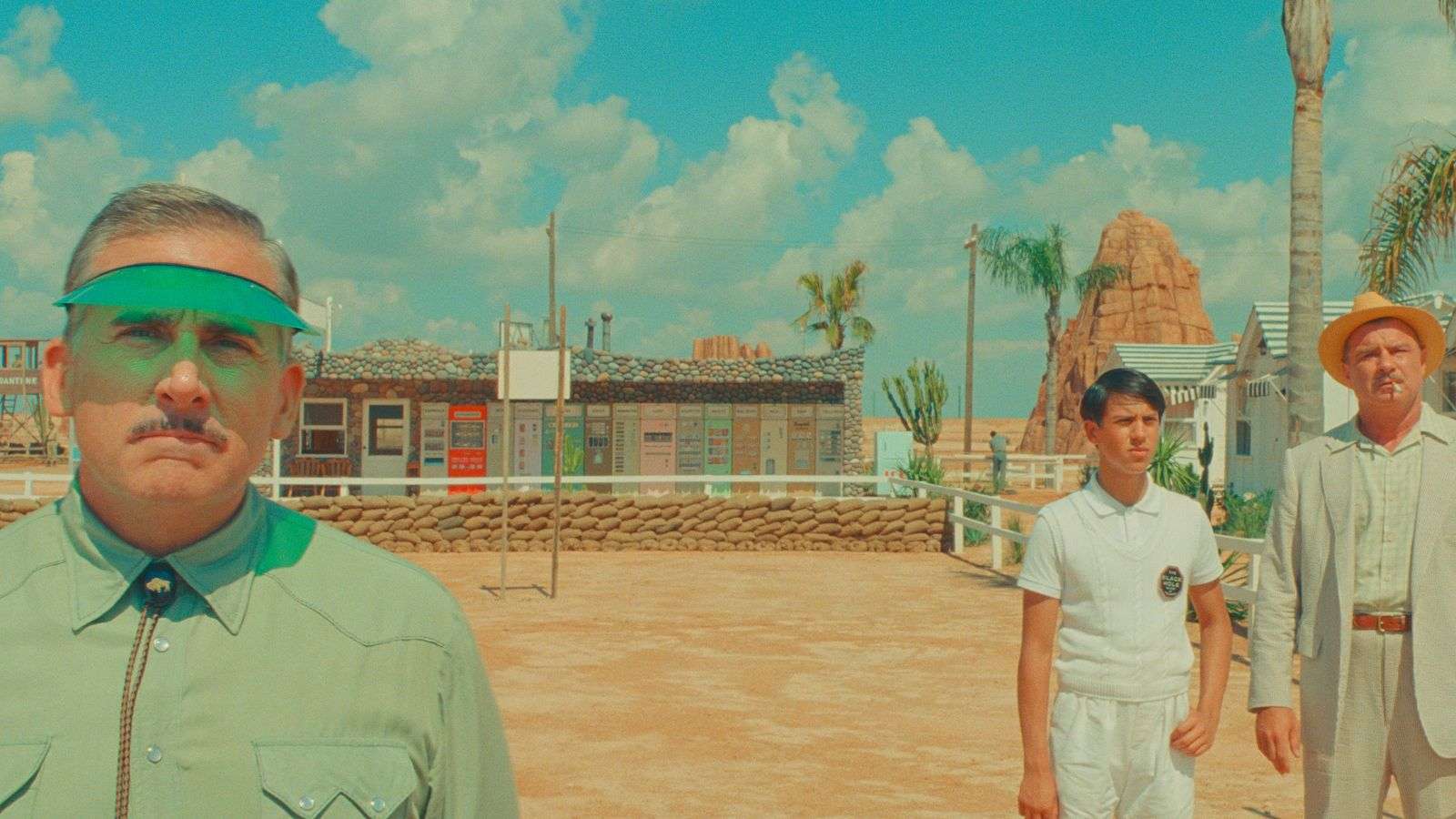
Augie Steenbeck (a career-best performance by Jason Schwartzman) arrives in the ghost town of Asteroid City because his teenage son Woodrow (Jake Ryan) is one of the five inventors who are going to be facilitated by General Grif Gibson (another magnetic turn by Geoffrey Wright after his outstanding performance in The French Dispatch). Steenbeck also has three young daughters who prefer to be called witches instead of princesses. A recent widower, Steenbeck hasn’t quite processed the grief of his wife’s passing, such that he hasn’t even told his kids that their mother has passed away. He is forced to contact his father-in-law Stanley (a brief cameo by Tom Hanks) when his car breaks down.
A war photographer by profession, Steenbeck bumps into Midge Campbell (Scarlett Johansson), a Hollywood actress in Asteroid City, with her daughter Dinah (Grace Edwards), who is also going to be facilitated as a Junior Stargazer like fellow teenager Woodrow. Campbell and Steenbeck get off on the wrong foot initially, as Steenbeck clicks a photo of hers without her permission – a scene about consent, flirting, and taking permission that reminded me of another scene from Anurag Kashyap’s Gangs of Wasseypur (2012) from more than a decade ago. Two very different films but remarkably similar treatment and affectation in how both scenes pan out.
Ms. Campbell is preparing for her role in a new film, wherein she takes her own life and is then expected to reflect on her own life posthumously as a sort of ‘absent-but-present’ character. Real and reel collide, with Steenbeck’s real-life demons and Campbell’s reel persona forming a deep connection. Sparks also fly between Dinah and Woodrow, two introverts who realize that human connection can be equally fulfilling, if not more, than a connection with science. “This isn’t the beginning of something,” Campbell reminds Steenbeck.
The occurrence of an unexpected extraterrestrial event (an obvious parallel to the pandemic), brings a halt to the budding twin romances as the whole town is forced into indefinite lockdown by the military. “How long can they keep us in Asteroid City, legally?” asks the mother of one of the other children (played by Hope Davis). And with that question, we come back full circle to the central motif of the film: how do we live in a world that offers no certainty?
Anderson draws a throughline from the anxiety, uncertainty, and paranoia that was prevalent in Cold War America to the unprocessed trauma and grief that we are collectively carrying in the post-pandemic world. In that way, this film is trying to be both – a larger, metatextual examination of the sociocultural and political reality that we find ourselves in today as well as a smaller, more personal study of how unresolved trauma and grief can manifest in an individual.
The ambitiousness of this undertaking – trying to balance two approaches that seem decidedly at odds with each other – on the one hand, is a commentary on the similarities of the anxieties between the Cold War era and our post-pandemic environment; while, on the other hand, taking a magnifying glass to examine the impact of the political on the personal – is an extremely tricky tightrope to walk.
The inclusion of an ensemble cast – too exhaustive to name in its entirety – and some in brief appearances just adds more complexity to an already difficult task to accomplish. After a certain point, there are just too many names and characters to keep track of. This is a film that demands multiple viewings, as many of Anderson’s ventures.
The intricate structure – though admittedly clever – also, at times, gets in the way of the affectation Anderson is trying to arrive at and distracts from the emotional crux of the narrative. This film has a wounded, beating heart at its core – it’s about allowing oneself the time to grieve, learning how to forgive yourself, and finding a way to make sense of the world around us. These are beautiful yet difficult questions to answer. Yet, I kept forgetting that this is where the heart of the film was because of how much the film cuts back and forth between the play ‘Asteroid City’ and the behind-the-scenes drama.
In the end, perhaps the answer to the question of meaning that most of the characters in this film are searching for is best answered by Dr. Hickenlooper (Tilda Swinton), who runs the town’s observatory. She tells young Woodrow that it doesn’t matter if it is all meaningless in the end. That’s not the point. The idea is to be curious. Having a curious mind is a gift that he should never let go of.
Dr. Hickenlooper said that to Jake in 1955. But, I could imagine a smiling Ted Lasso in a post-pandemic world hitting the bullseye in his darts game, nodding in acknowledgment, and saying, “Barbeque Sauce.”


